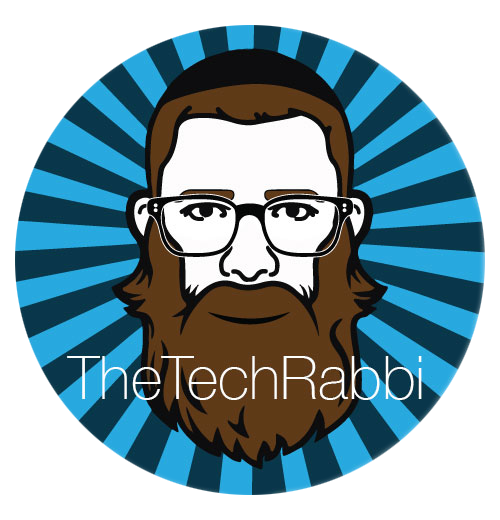Technology, But Why?
In education when we talk about using technology it inevitably starts with what resources are available, the training needed to operate them, and how, or who to go to when things break. With the "how" at the helm of vision and strategic planning, we inevitably run into the same problem no matter how sound and well thought out our plan is. After all is said an done,
Like any experience dependent on a single device, what happens when the magic wears off?
This is because when we start with how, even if how is 10,000 apps, 50,000 lessons, and 100,000 possibilities, we unintentionally limit ourselves, and our students. The reason for this is that
Technology is not just a device, technology is a solution...
to a problem, a challenge, and any obstacle that we face as lifelong learners. We want to make sure it is the solution to reach as far as our minds can get us. This is why as educators, we must look at all educational experiences first through the lens of "Why". This is not unique to technology integration, this is a reflection on our own pedagogy, choice of content, and reasoning for focusing on any point of knowledge. When we start with the question of "Why" in respect to technology use, then we now can analyze what the tool is doing for us. The question of speed, precision, maximized potential, exposure, audience and the impact we make. When we speak on those terms, and not iPads, iMovies, animations, (Explain Everythings are O.K, of course), than we make our devices unlimited, and all the more so ourselves.What happens when someone walks into your technology infused classroom and asks your students what they are doing? They should be describing a process of learning, researching, discovering, building, reviewing, reflecting, and producing meaningful learning experiences. This makes technology invisible. This makes its effects have a visible, memorable, and everlasting impact.It inspires our students to inspire others with their wisdom, knowledge, and understanding. So how did begin to talk this language? Start with the "Why", not the How. How is secondary. Why am I doing this? Why is this learning so critical to invest so much time into? Why am I learning such complex technical process? Why am I spending hours building an interactive multimedia experience? If the answer is “It will make the learning unforgettable for both the producer, and the consumer” and then I think we are headed on the right track.This will allow the "How" to be simpler, more organic, and most importantly adaptable. Yes, there is training, experimentation, failure, and frustration involved, as is anything complicate but worthwhile. It could come in the form of professional development, impromptu brainstorming with a colleague, or even learning some tips and tricks from the quiet kid in the class. As educators we must let go of the fallacy that without being an expert in a specific process or field of study that we cannot share with our students and open up new possibilities for them.For more on the "How To" of tech integration check outMonica Burns - ClassTechTipsLisa Johnson - TechChef4URichard Byrne - FreeTech4Teachers
